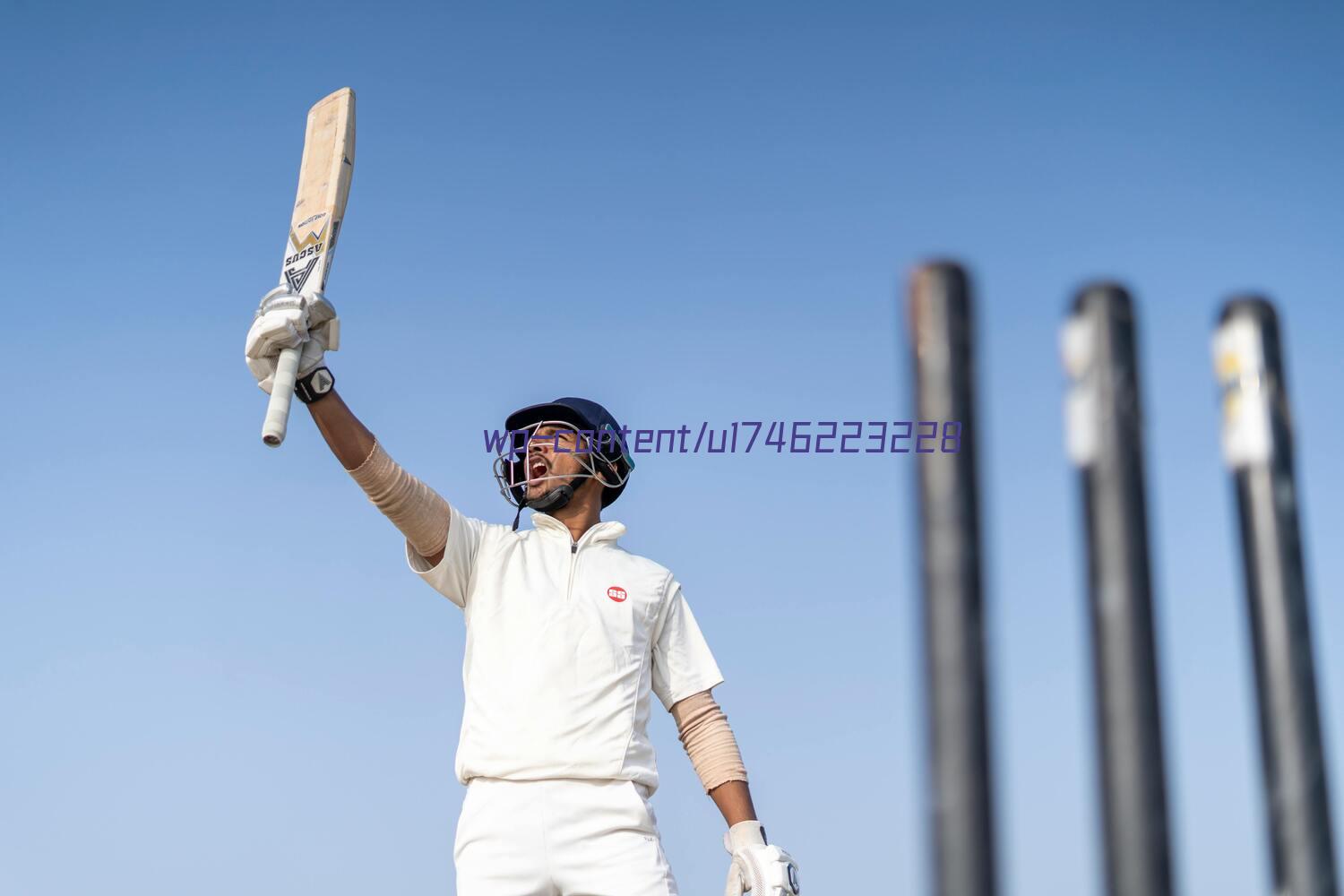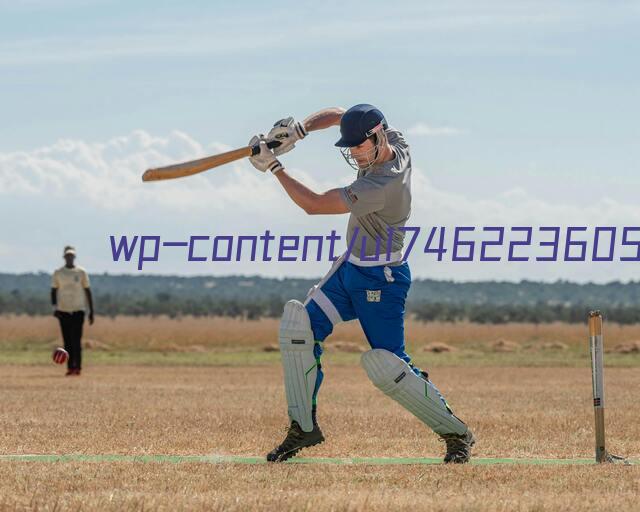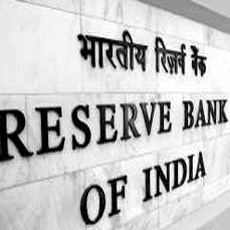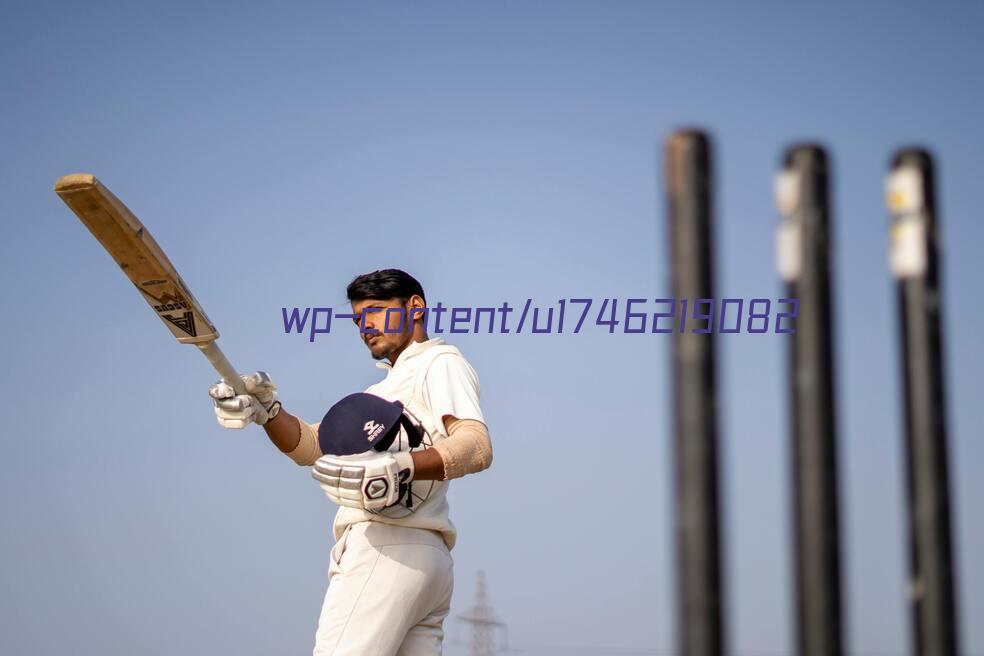Topicwise Marks distribution It is absolutely necessary to compare 2011 with 2010. Here is markwise breakup.
Can't see the Graph-images?
This forum doesn't show photos or tables because of a technical limitation. I suggest either visit
click me to visit the blogspot page or download the pdf from bottom.
http://img408.imageshack.us/img408/4...slinechart.pnghttp://img846.imageshack.us/img846/4889/barchart.pnghttp://img526.imageshack.us/img526/6...agebreakup.png This will not addup to exact 300 marks for each year, because there is 'write any 5 out of 6'. So I've added value of each and every question.
You can frame interesting Data interpretation questions for Bank PO and B-school exams from these charts.
Anyways here are some interesting observations from my side:
1. Polity and Geography have interchanged their importance!
2. History is 'consistently' given medium importance.
3. Culture and people in news: Consistent in their low importance.
4. Yearbook stuff steady and noticeable increase
5. Economy shows decrease only because paper-II marks are not counted, otherwise economy also runs in 106 league with Yearbook and polity. Same way for Science and Tech, we are looking only at paper-I's data.
Now look at questions- topicwise
Polity Write any three, 250 words each. (20x3=60 marks)
1. Part IV-A is codification of Indian way of life
2. Executive clemency is not a privilege.
3. PoPNDT Act Pre-natal Diagnostic Techniques Act Salient features and its amendment in 2003
Let's see
1. Few years back, there was a trend in Essay papers: Atleast one topic related to women empowerment or women issues but since last two years we haven't seen it in Essay, so I think they've shifted it to GS papers. In 2009 , they asked about Domestic Violence prevention act. When it comes to women empowerment, the general questions most would speculate are 1. The reservation bill 2. The SHGs, but it's Pre-natal Diag. test act. They've asked to write 250 words about '
features' and 2003 amendment, now that's hard to do unless you actually know it. You might write philosophical or statistical filler stuff related to sex ratio and contribution of women in Vedic age etc and but that doesn't translate much into marks. Question is about what were provisions, what was the amendment, implications.
2. Executive clemency: current affairs hot issue given the Rajiv Gandhi Assassins, Punjab ex-CM's killers, and Omar Abdulla's tweets. If you couldn't handle this question properly, you've must blame yourself.
3. I find the Nutrition transition in India -basically the Development administration and yearbook stuff question. Not exactly a polity question except the remote connections with DPSP.
4. All these years, the first question of the GS paper 1 used to be from History portion but this time it started with Polity.
Polity: 12 markers 1. Green Benches in Higher judiciary. (both polity + current affairs)
No excuse. You were supposed to be well versed in this. This topic is making rounds in Current affairs since last two years.2. Difference between Departmental standing Committee and parliament forums.
Any Public Administration candidate is supposed to remember Departmental standing committees like the back of his hand. Besides this topic is hot due to 2G scam. 3. Problems specific to denotified and nomadic tribes of India
I find this question more to polity than to geography (they had asked this in geography section). But stillNo excuse for polity questions. This is one of those 'rare questions' directly from the book.. Page 149 of Wizard's Indian polity (6 th edition). That was only for information - I'm not saying go and buy the book. If you start buying books with that criteria, you'll run out of money and cupboard space. Polity: 5 marker 1. Bihar special courts act
2. E-governance initiatives of
UPSC. (
lolz better late than never. How many of us have lost sleep over 'whether my prelim form reached UPSC or not?)UPSC as a topic is a combo of administration (yearbook stuff) and polity. I'm keeping it in polity
Total: 60+36+10=106
History Write any 1 in 250 words (20 marks)
1. RIN mutiny
2. 3 important women's organizations in 20th century in India.
UPSC asked unusual questions in History, again- (a tradition they started since 2009). RIN mutiny is something the people expect as 2 marker, not 20 marker!
History 5 markers 5x3=15
1. Benoy Badal Dinesh2. Bharat Naujavan Sabha3. Babbar Akali moment.Instead of 2 marker, these are worth 5 marks and no options, all are compulsory. The list of freedom fighter 2/5 markers is endless and luck dependent. You may prepare all of them but yet you might not be able to recall them during the exam. But still Bharat Naujvan Sabha can be handled in any case.
Yearbook stuff & Development administration 20 marker (250 words) 1. National rural livelihood mission vs SGSY
2. Advertising standard council of India, and 2006 notification.
3. Nutrition transition in India: extend, cause and implication
12 marker 150 words 1. Deendayal disabled rehab scheme
Now this is a to-the-point question, you either know the features or you don't know them. Writing cock n bull stories don't fetch much marks here.
2. Pro cons of Direct Cash transfers to BPL. I had given this question in my
mock questions-set on 26th October 2011 and voila
UPSC too asks it. Now I shall say with same enthusiasm of a Delhi coaching class sir that
Quote:
Look my 'predicted' question was asked in
UPSC so I know the pulse of
UPSC, come join my class and buy my postal-mock test series and blindly choose the optional subject which I'm teaching!
Ofcourse not. This is a mere coincidence. Anyone who follows newspaper and editorials, should know that conditional cash-transfer topic had been making rounds, since a long time. So you had to prepare it.
Btw, That NAC dude Jean Dreze
(whom I fulsomely loath otherwise) had wrote a lengthy editorial in Indian Express about the pro-cons of Direct Cash transfers.
The cash mantra - Indian ExpressIf you had read it, you can easily write 150 words with decent points. This one of the rare moments, something directly comes from the anti-Congress, anti-Leftist 'The Indian express',
UPSC babus broke the sacred vow of asking only from the Hindu and Frontline, or perhaps just another coincidence.
3. National program of control of blindness: new initiatives.
5 markers 1. Telecom ministry's spectrum Management Commission
2. Community led total sanitization program
Total: 60+36+10=106
Geography Any three for 12 marks 12x3=36
1. Impact of Climate change on water resources of India
No excuse. It was current affairs hot - topic earlier, how our dams were drying out because of low monsoon.
2. Measures taken by Indian Government to combat piracy.
No excuse, it has been current-hot since 2 years. This was fit for paper-II topic rather than paper I. According to notification, paper I topic 4(v)
says "internal security and law n order" Piracy has international connections.
3. Counter urbanization measures in metropolitan.
5 markers 1. Phase 4 of tiger monitoring.
This tiger-project is what lawn tennis was for
prelims few years ago. When
UPSC gets obsessed with something, they don't ask anything else. Back in early 90s, was Tagore's nationalism, then came women empowerment essays, for a time being Lawn Tennis had became important question for
prelims and now this tiger. Anyways no excuse question.
2. National disaster Management authority's Executive council : function and composition
No excuse question. Disaster Management is a topic important for both
prelims and mains.
Total: 36+10=46
Now this is unusual, last time (2010) they asked 114 marks worth questions from geography and environment. Now barely 46! Why did
UPSC do this? Perhaps to give a heart attack to some coaching sirs who keep advocating geography as an optional subject, saying it helps tremendously in
prelims and mains. (well it used to!)
After 2010's paper I had said
"It's a good time for the Geography coaching classes to brainwash newcomers into believing that Geography as an optional subject tremendously helps in GS that's why they mustn't select any other optional subject! And all 700 vacancies of UPSC are going to be filled by Geography optional subject only."
Now ….This time they'll brainwash people into believing that Public Administration tremendously helps in GS (all those yearbook and polity questions). Next year 2012,
UPSC gives same humiliating treatment to polity as they did to geography this time.
Economy 1. Damodaran Committee of RBI, its recommendations on consumer banks. (12 marks)
To-the-point. You either know it or you don't know it. Last time it was Wadhawa Committee's recommendation on PDS. (Is it a trend to ask one Committee's recommendation ? I leave it to you to guess)
2. Why CSO came up with new consumer price index?
No excuse. (but unfortunately 5 marks only!)
Total 12+5=just 17 marks. Does it mean Economy is irrelevant? Ofcourse not. In GS Paper-II, almost every international affairs question had economy links. Roughly 90 marks worth questions in GS paper II are related to economy. So total 17 from paper 1 and about 90 from paper 2=107.
Means economy is as important as polity. Culture 1. Difference between 2 festivals of Nagaland or Arunanchal Pradesh.
2. Traditional dance theatre forms. (6 given, you had to write on any 5)
3. Different styles of unglazed pottery in India
4. Classical dance forms as per Sangeet Natak Acadamy. (No excuse.)
Total 20 marks.
This time they asked about unglazed pottery, next time perhaps garment weaving styles?
This time they asked about Nagaland and Arunachal Pradesh festivals, next time perhaps Chattisgarh and Jharkhand? There is no end to such questions. Before you start investing heavy time and energy into it, You should ask yourself, what is my capacity to handle process, store and recall information?
In 2010, Art-culture-sports were together in paper 1. This time F1 flags (Sports) went to paper II.
Science and Tech related stuff 5 markers 1. Nisarga tech of BARC
2. First aid to fainted person @ bus stop 3. Kaveri K10 aero engine
4. Molecular breast imaging
Curiously in 2010 GS paper there was bus-accident and this time a person faints at bus-stop, Why doesn't it happen in theatre or airport or railway station, college campus or office? What next? I guess in 2012 someone gets a snake bite @ Bus stop or a chain-snatching or fist-fight or rioting?
Total: 4x5=20 marks.
Technically Science and tech questions belong to paper II. But above questions are in pretext of
"Current National Issues and Topics of Social Relevance" topic of paper-I.
According to
UPSC notification, page #6:
GS paper I syllabus topic#4 (iv) says medical research and pharmaceuticals. But then paper-II syllabus says biotechnology. These three topics go hand in hand. This bifurcation sounds dillogical.
Earlier, Sports used to be paper-I topic. In 2010 paper, they asked aerostate balloon and common wealth games in paper-I but this time 2011, they asked F1 race flags in paper-II and nothing in the official syllabus of paper, even remotely suggests anything about sports. (unless F1 sporting authority is considered to be an 'international institution' like IMF and world bank) Anyways this is nothing compared to what people went through in Pali and
Zoology where UPSC asked outside the syllabus. Person in news 2 markers Total 14 marks. Anyways lot depends on luck here. Hard to recall them all successfully even after having prepared the notes.
There is no dearth of people in news but there is a lot of dearth in brain's storage capacity, so you calculate a cost : benefit ratio -the time and energy required to get this 14 marks.
Conclusion As usual these are my personal conclusions and I'm not looking for any Congress-BJP debate on this.
A Tough paper? This is nothing new.
UPSC is hell-bent to break the backs of Coaching classes, and to prevent the senior players (those who already wrote 2-3 mains) from gaining advantage.
One strong conspiracy theory, which has been making rounds in orkut communities since last three years:
Quote:
"The new
UPSC chairman doesn't like coaching classes or the senior players. He prefers first attempt candidates, he openly admitted it in an interview. All these tough, (or irrelevant or ridiculous) questions in
prelims and mains are intentionally setup to keep coaching classes and senior players at bay."
Same way countless theories about how History /geography ignored to prevent some people from gaining unnecessary advantage.
UPSC doesn't tell you the prelim marks, their scaling system is hard to decrypt. So It gives birth to many conspiracy theories.
You may or may not subscribe to these theories, based on which boat you're sailing in.
This theories are open to different interpretation of same statistical data.
Back in 2009, the AIR#1 was first timer, but 2010, the AIR#1 was third attempt. Success in
IAS exam, is an individual's achievement. A person with B gender with C optional subjects in D language medium with E number of attempts made it to
IAS/
IPS/
IFS so it'll work for you if you've the same profile? No it may not!
Anyways, back to paper: Many candidates are complaining that paper was tough. As I've been saying since the beginning that if something is tough, then it's tough to many others, not just you. But the condition: you must be a serious player. If you believe that you had prepared seriously, and you couldn't prepare any better, then there is no need to lose sleep over this tough GS paper because you're not alone.
You've played your part, now let the God and your luck play theirs. Same advice for
prelims, interview and any other competitive exam.
And Some seemly irrelevant and tough questions are put only to see how well you perform under pressure, they don't actually expect you to answer them (or perhaps to check how lucky you're!) Before selecting Generals for his war, Napolean used ask
Quote:
"I have plenty of clever generals but just give me a lucky one"
The manageable questionsI'll classify the questions in two parts: those which can be handled without any excuse.
Total marks 364. (Yes total marks is 300 but thanks to 'Write any 5 out of 6' I'm counting all of them.) So out of 364 marks, almost 100 marks worth polity is 'no-excuse'.
Same way
for History 25
Geography 34 marks,
Yearbook=40-45
Economy + culture: 5+5=10
Science-tech=15
This is roughly, 230/364=63% of the paper can be handled by a serious player. I'm saying this,
not to speculate any cut-off marks but to show that it was not an 'entirely' unsolvable tough paper. It was not set by angels of heaven and it didnot fall from sky.
Filler stuff and cock n bull stories In the earlier article about
"Writing Essays", I had cautioned against padding and filler stories. During the mains exam, lot of people start writing filler stuff by speculating the answers. But in 9/10 cases, it's unfruitful:
Let's take an example: they asked about Damodaran Committee's recommendations on consumer banks. Assuming that you had never prepared that topic…
If you start speculating the answer –
Quote:
hmmm, what're the problems with consumer banks: oh yes customer grievances. They take a lot of time making the demand-drafts and charge heavily. There are endless waiting queues and no token system. There are frequent verbal-fights in the queue and the security guard or the Staff doesn't intervene to maintain the line-discipline.
Now you fill up 150 words beating around the bush with mere 3 points:grievance, service delivery and queue/crowd-control. It takes considerable time to reframe these points into
UPSC level answer-language. And some of them might not be in the actual recommendations. Besides Damodaran isn't only about these 3 points, it deals with SHG, Tribal areas, frauds, loans and lot many things. So, Your pedestrian quality filler answer consisting of three puny points, doesn't fetch much marks here. There is difference between college exam and
UPSC exam. Mere filling up the answer-sheets doesn't translate into first class marks. There has to be some substance and quality- not just quantity.
Basically, You wasted your time and ink. You should've invested it in tweaking the answers, for other questions where you were comfortable.
Lot depends on how you present your answers, you choice of words, the structure of your answers. Having knowledge is one thing, having the ability to present it in a palatable manner, is another thing. Take the this paper-II
Two question , attempt any one.
1. Jasmine revolution
2. 6-pack solution of Eurozone debt crisis vs Stability and growth pact.
Since most people are not well versed in the second topic, obviously they pick up the Jasmine revolution. So, how are you better than 9000 others who're writing the same question? What separates the toppers from the crowd here is: the answer presentation, structure, command over both knowledge and language.
When you've the fear of an
'imaginary cut-off' in the head, it prompts you to start a race of attempting each and every question with pedestrian quality answers to cover as much ground as you can. Better First handle all the manageable questions with extreme care and then (if) the time and brain permits, venture into in the filler stories and speculative answers.
Tough paper = not lengthy paper = saves time Look at the bright side of this tough paper. GS papers are notoriously lengthy. If you know each and every answer, it is extremely difficult to finish the paper in the time-limit. In that sense you should thank
UPSC for setting the tough paper. (it'd have burned your heart even more, had there been easy questions and you couldn't finish the paper!)
Prediction for Mains 2012 2+2=4 and 2x2=4 so 3+3=6 and 3x3=6!! Don't apply that type of logic while picking up optionals or while preparing topics. Just because they did not ask much geography you need not start neglecting it.
UPSC keeps changing the importance of a topic. The core areas at the moment are
1. Polity
2. Yearbook / Development administration
3. Economy
4. International relations (with emphasis on economy)
5. Science and tech
In my opinion, your energy and time is better utilized handling these core areas, rather than in trivial 2 or 5 marker culture, freedom fighters and person in news or trying to mug up all the terminologies of all the games just because they asked about F1 race.
Your brain has a limited capacity to process, store and recall information. If there are MCQ (Multi-choice question), you can still can eliminate wrong options even if you can't recall the exact answer. But in mains, there no MCQs, you've to recall it absolutely. You either know Lt.Navdeep Singh or you don't know him.
"I think I've read it somewhere", doesn't fetch any marks and neither does a smartass answer
"he is a lieutenant in the army."









